Welcome to a fascinating journey into the depths of the ocean, where a remarkable creature from the past has just been unearthed! This heartwarming tale reveals how paleontologists have solved the mystery of a unique marine reptile, shedding light on its vibrant history and honoring the contributions of those dedicated to its discovery.
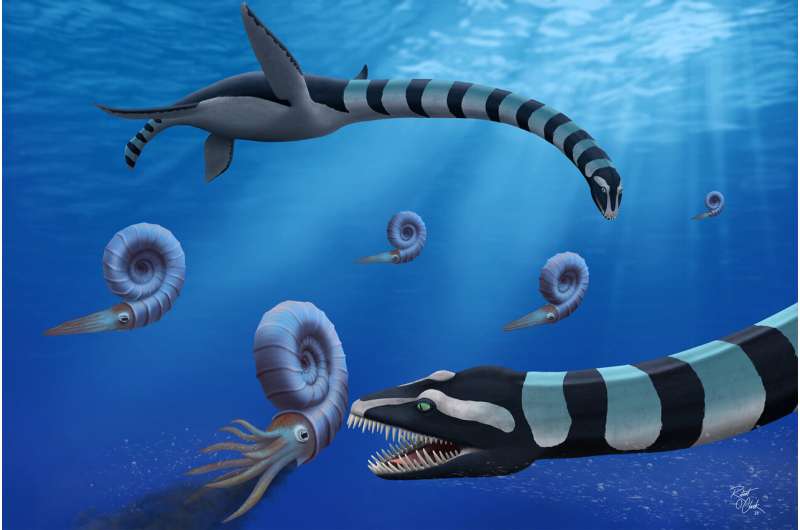
In an exciting development in the world of paleontology, a group of fossils that has puzzled scientists for years has finally been categorized as a new species: Traskasaura sandrae. This fascinating creature, with its long neck stretching an impressive 12 meters, boasted powerful teeth ideal for cracking shells and making it a formidable hunter.
Published in the Journal of Systematic Paleontology, the study reveals that Traskasaura possesses a unique combination of traits, combining both ancient and advanced characteristics that set it apart from other explored species in the plesiosaur family.
These fossil discoveries date back approximately 85 million years, with the first of its kind uncovered in 1988 along the Puntledge River on Vancouver Island. Over the years, additional finds have included a juvenile skeleton, digging deep into the mysteries of this ancient reptile. The trio of fossils now studied originates from the Haslam Formation, revealing a glimpse into the creatures that once ruled the waters off British Columbia.
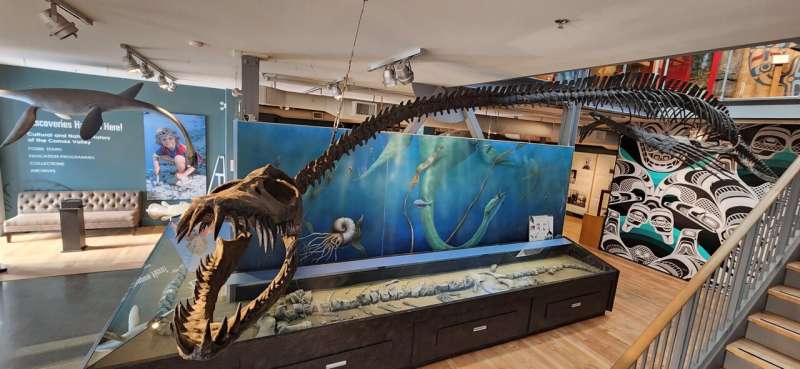
After being officially designated the Provincial Fossil of British Columbia in 2023, the species captured the imaginations of many. The recognition was the result of years of dedication from paleontology enthusiasts and a public vote, where Traskasaura emerged as a beloved choice, claiming 48% of the total votes!
Lead researcher, Professor F. Robin O’Keefe, emphasizes the long-standing mystery that surrounded these fossils. Despite being recognized as the provincial emblem, the true identity of Traskasaura eluded the scientific community for decades. Professor O’Keefe shares, “The odd mixture of features on the shoulder was unlike anything I have encountered before.”
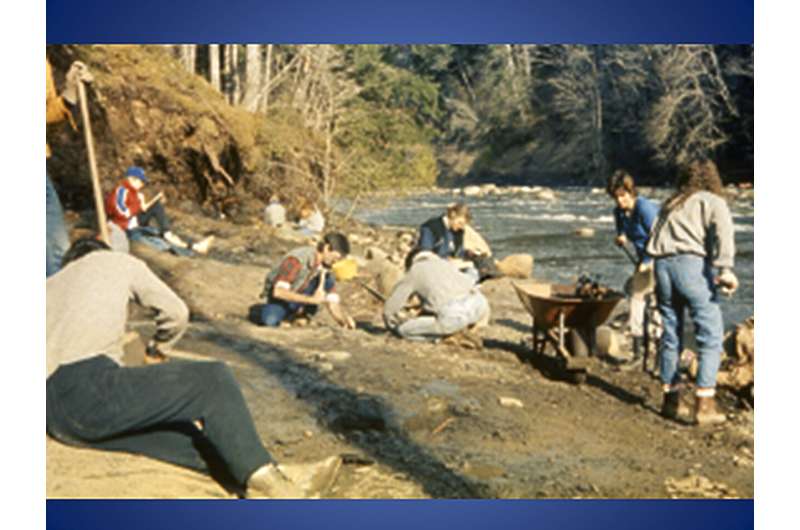
The excitement grew as paleontologists analyzed a newly discovered, extraordinarily preserved skeleton. It shed new light on these Long-lost relatives of dinosaurs! The team, composed of experts from Canada, the U.S., and Chile, was thrilled to identify this elasmosaurs species—marking a significant milestone for the Pacific Northwest.
In naming Traskasaura, the scientists paid homage to the Trask family, who initially discovered this remarkable creature. The species name, sandrae, honors Sandra Lee O’Keefe, a courageous figure in the battle against breast cancer, whose legacy continues to inspire.
-
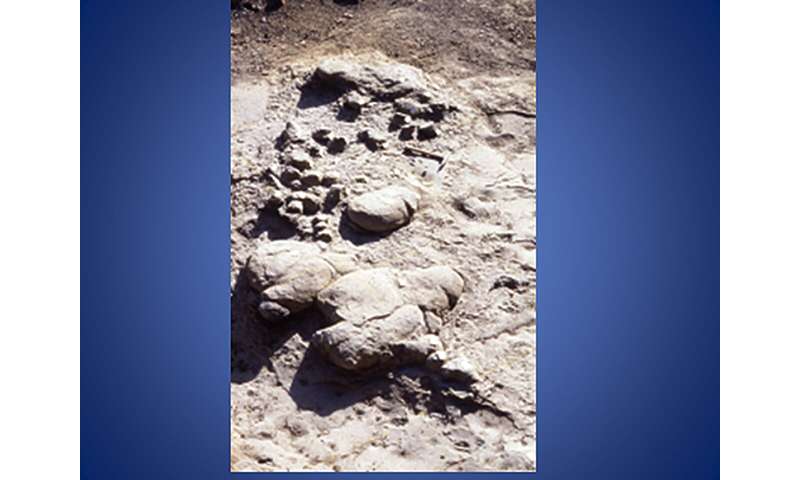
Bones in situ unprepared. Credit: The Courtenay and District Museum and Paleontology Center.
-
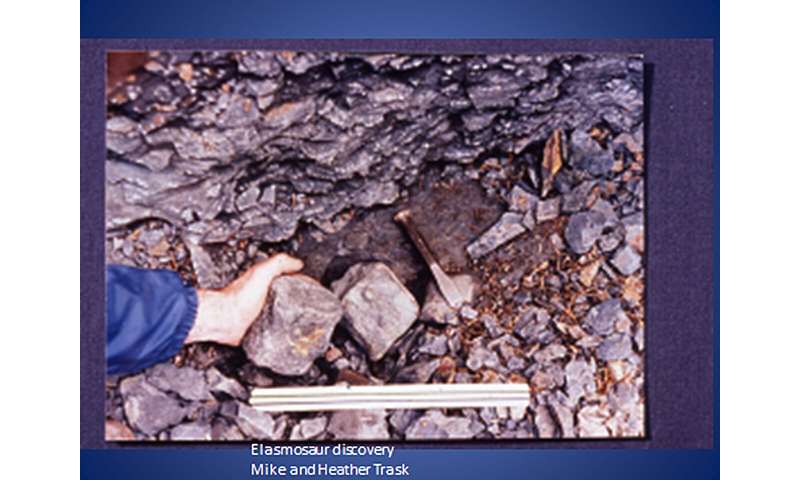
Initial discovery Nov.12 1988. Credit: The Courtenay and District Museum and Paleontology Center.
Featuring an elongated neck with at least 36 cervical vertebrae, Traskasaura was well-equipped for its life as a predator. This fascinating shape allowed it to reach down and catch its prey, likely feasting on ammonites, a type of mollusk abundant in those waters.
The study’s team reflects on their findings, acknowledging that while they identified strong features linking these fossils together, there might be individual distinctions warranting further exploration. Yet the excitement of unveiling Traskasaura as a unique species adds to the rich tapestry of marine life that once thrived in the waters of British Columbia.
More information:
A name for the Provincial Fossil of British Columbia: a strange new elasmosaur taxon from the Santonian of Vancouver Island, Journal of Systematic Palaeontology (2025). DOI: 10.1080/14772019.2025.2489938
If you would like to see similar science posts like this, click here & share this article with your friends!


